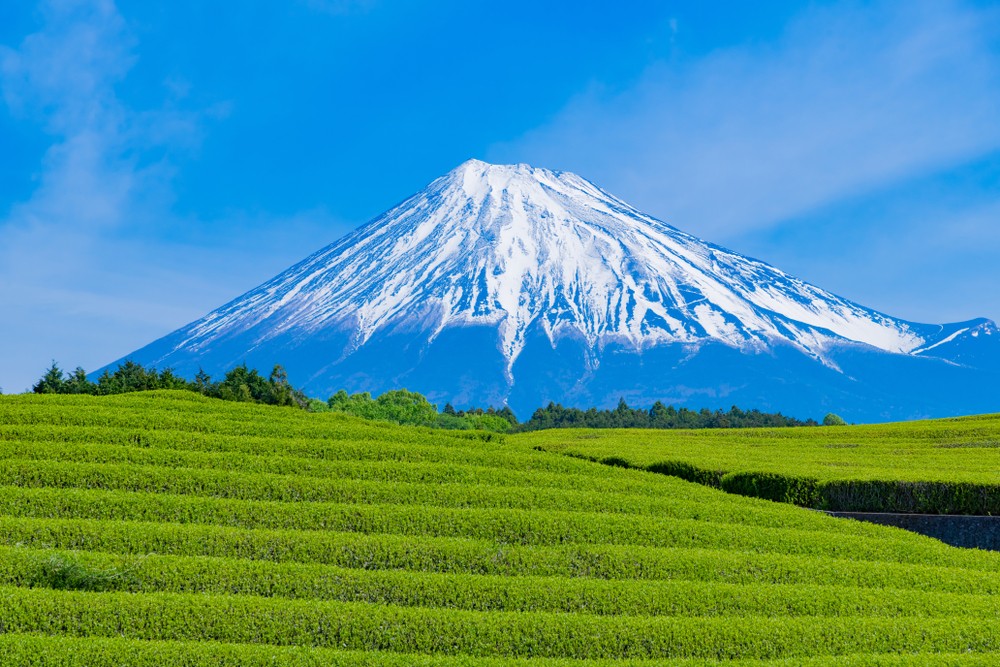
Speaking of Shizuoka, many people will probably think of Mt. Fuji and tea fields. But did you know that such Shizuoka also has a lot of attractive gourmet foods? Thanks to its thriving fishing industry, Shizuoka's specialty cuisine and seafood are inseparable. In addition to seafood, there are also plenty of attractive B-grade gourmet dishes! So this time, we will introduce local gourmet food that does not use seafood!
What is "B-grade gourmet"?
In Japan, in addition to standard gourmet foods that everyone eats when visiting a particular prefecture, each area in the same prefecture also has its own local gourmet "B-grade gourmet" that has become the staple or comfort food of the locals. "B-grade gourmet" is the ultimate local food that is loved by the locals and cooked with local ingredients without using any fancy techniques or decorations.
What makes Shizuoka's food delicious?
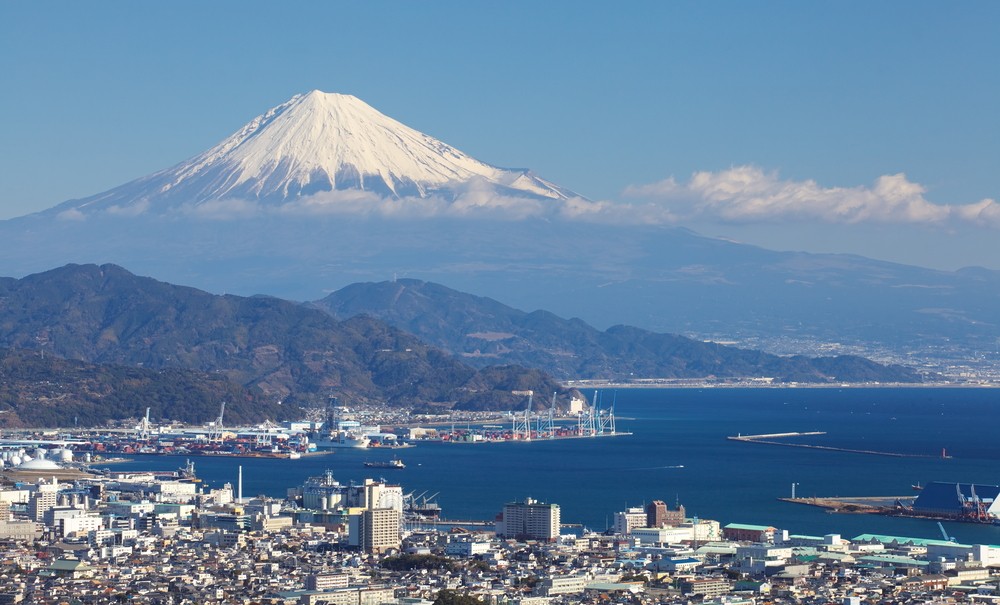
Shizuoka is a region blessed with everything related to water. The main reason for this is the high-quality groundwater and spring water that comes from abundant water sources such as Mt. Fuji. Such high-quality irrigation water is used for agriculture. Thanks to this, it is possible to cultivate "Shizuoka water wasabi", which is sensitive to water quality and the environment, and the production volume of water wasabi (rhizome) is No. 1 in Japan.
Shizuoka is also blessed with geographical features such as the Suruga Bay, which has a depth of 2,500m, Enshu Bay, which has a total coastline of 115km, and Lake Hamana, where seawater and freshwater mixes. In addition, due to the influence of the Kuroshio Current, Shizuoka has a large catch and a wide variety of fish species. Alfonsinos (kinmedai), Japanese spiny lobsters, sakura shrimps, and farming of eels in Lake Hamana is famous all over Japan.
Shizuoka B-grade Gourmet
Shizuoka, which is located on the coast of Pacific Ocean, boasts a lot of seafood when it comes to classic local delicacies. However, Shizuoka also has a lot of local B-grade gourmet food besides seafood. This time, we will mainly introduce local gourmet food other than seafood.
Hamamatsu Gyoza
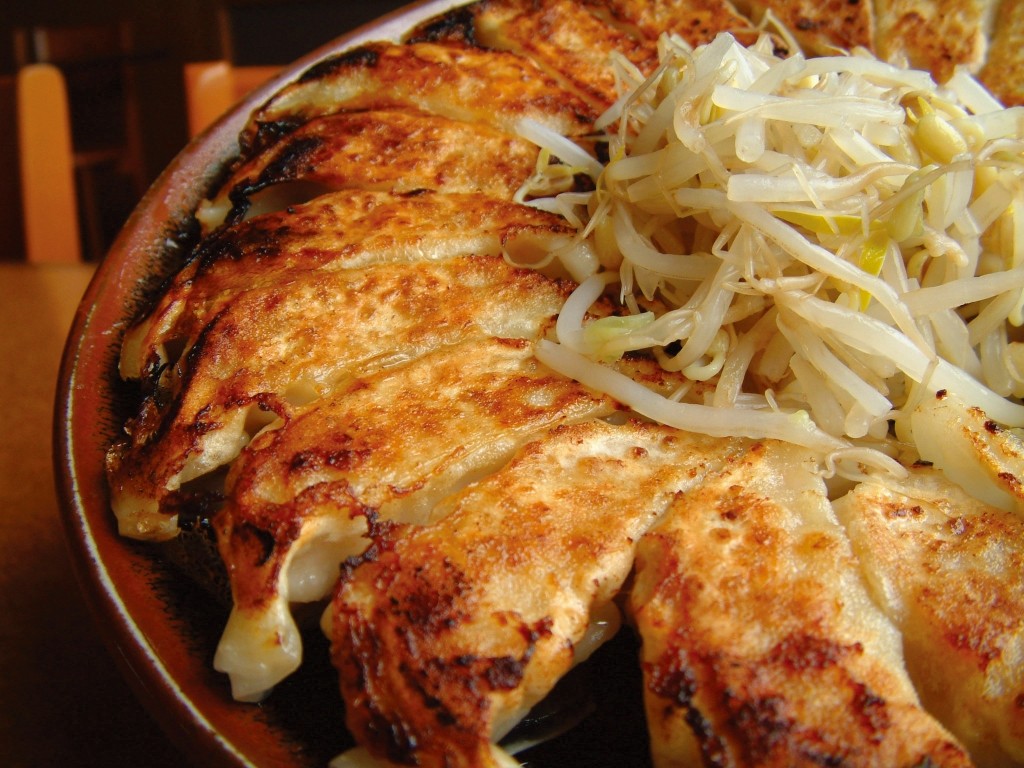
Hamamatsu gyoza, one of Japan's top three gyoza, originally refers to gyoza made in Hamamatsu City, Shizuoka Prefecture, which is characterized by pork, onion and cabbage filling. However, now the definition has become stricter - only those made by people who have lived in Hamamatsu City for more than three years can be called Hamamatsu Gyoza.
Beside the exquisite balance of juicy pork with the sweetness of cabbage and onions as filling, Hamamatsu gyoza is also characterized by the method of arranging , which is cooked and grilled in a circular pattern from the center of the frying pan.
Shizuoka oden
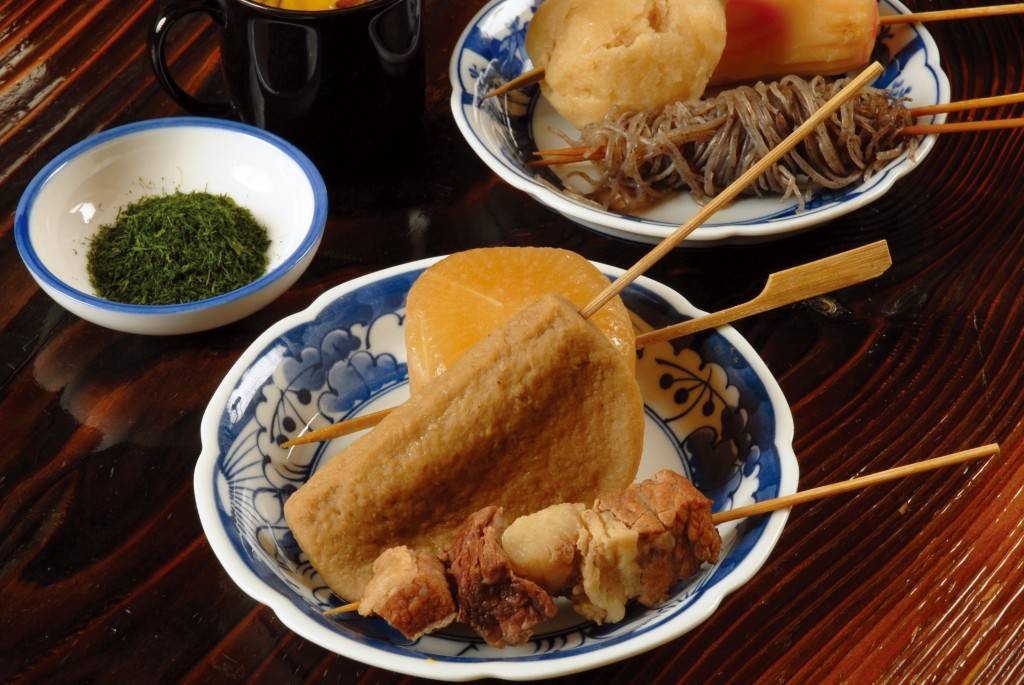
Unlike the golden-colored oden that you often see, Shizuoka's oden is characterized by the a black tsuyu soup. Ingredients such as beef tendon, motsu, daikon radish, and food pastes are added to the soup seasoned with soy sauce and slowly simmered. Since hanpen (minced fish paste) and other food pastes are also dark in color, the whole pot looks dark and black. When you eat it, sprinkle it with dashi powder or green laver.
Another feature of Shizuoka oden is that the ingredients are put on bamboo skewers. Local sweets shops also sell them by the skewer. For Shizuoka people, oden is always one of the classic snacks from childhood.
Fujinomiya Yakisoba
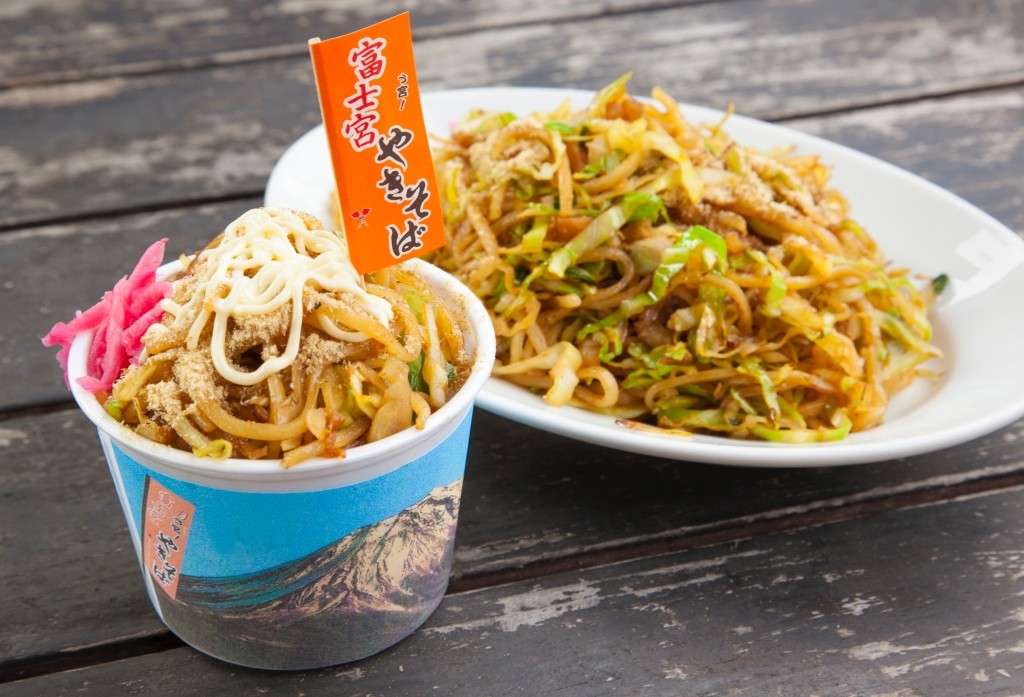
Fujinomiya Yakisoba is characterized by its unique chewy texture and specially made noodles. Normally, noodles are first steamed and then boiled, but the noodles of Fujinomiya Yakisoba are steamed and then cooled without boiling, so the noodles have less water and a chewy texture. According to the documents of the Fujinomiya Yakisoba Society, it can't be called a real Fujinomiya Yakisoba unless it has all 12 designated characteristics. In addition to noodles, nikukasu (deep-fried pork backfat) and sardine dashi powder are also indispensable for making Fujinomiya Yakisoba.
This local yakisoba has won the Gold Grand Prix at the 1st and 2nd B-1 Grand Prix, so it is truly a B-grade gourmet that represents Shizuoka, both in name and reality.
Mishima Croquette
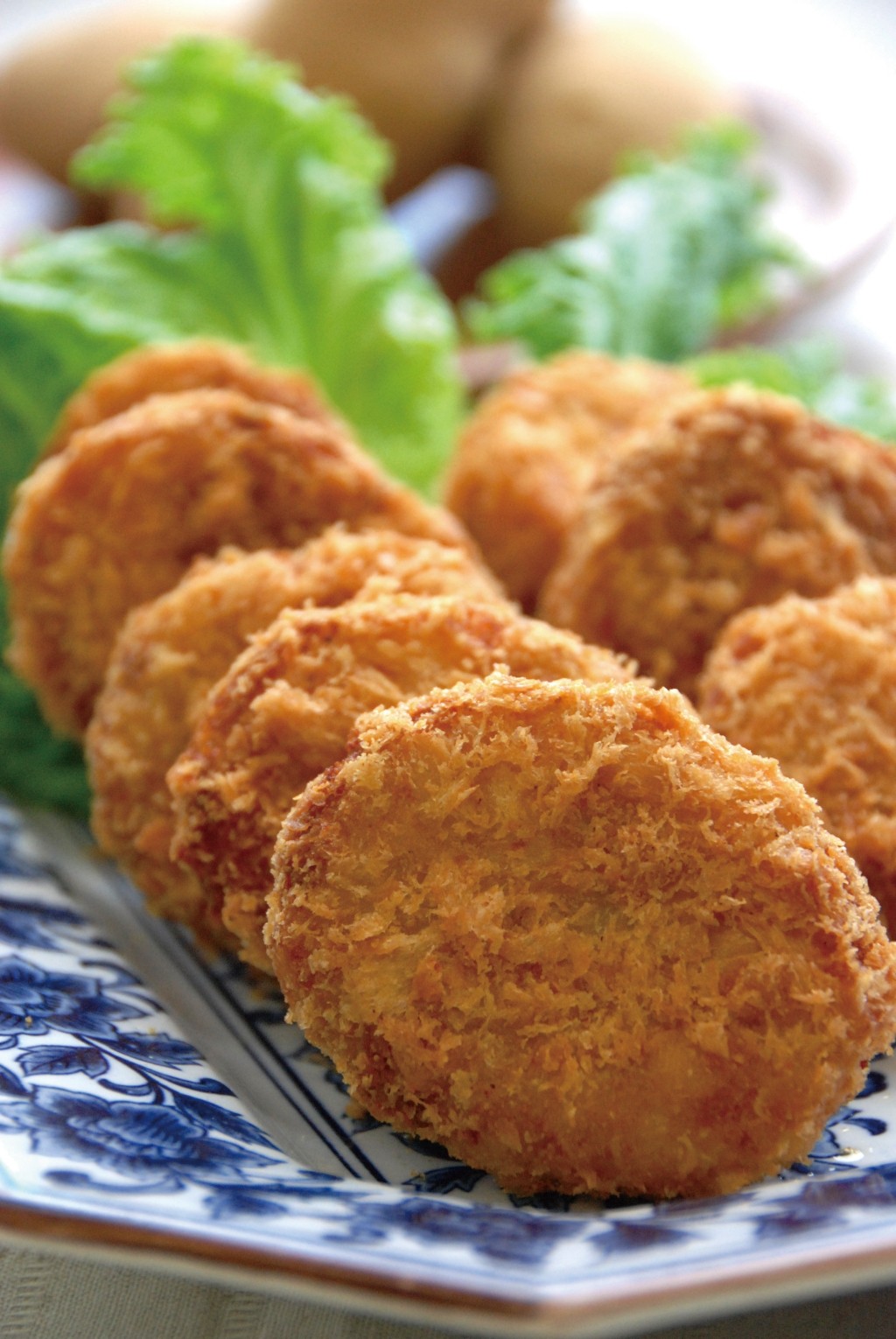
The Mishima Croquette has been nominated for the B-1 Grand Prix for two years in a row, and is so popular that there is even a "Mishima Croquette Association". Surprisingly, the definition of Mishima Croquette is actually super simple - 100% locally produced high-quality Mishima potatoes (May Queen) must be used, that's all. What to put in the croquette is completely up to the shop! Because it is simple and flexible like this, a wide variety of interesting Mishima croquettes can be found, from those using premium Japanese beef and domestic pork to those with a soft-boiled egg, there are a wide variety of croquettes to try in Shizuoka.
Tamago Fuwafuwa (fluffy eggs)
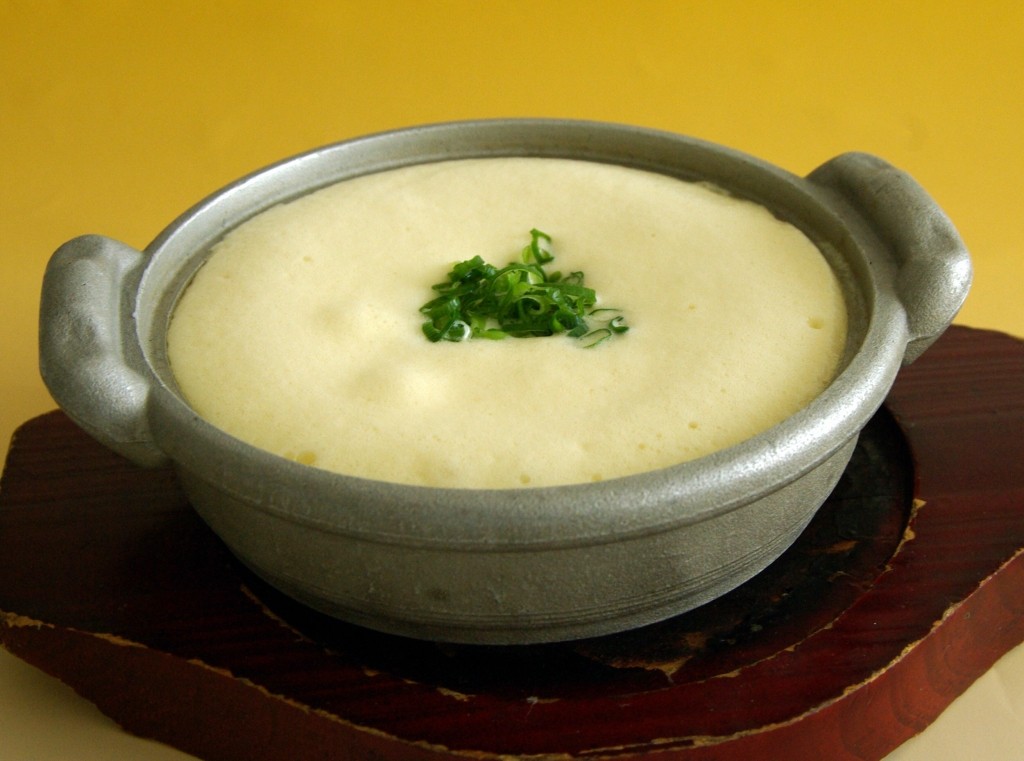
The ingredients and method of Tamago Fuwafuwa are similar to chawanmushi (steamed egg custard). However, as a lot of air is added to the egg mixture until it becomes creamy, once the dish is completed after being steamed in a pot, it looks like a souffle cake. It melts in your mouth as if you are eating a cloud made of eggs!
The origin of this dish dates back to the Edo period. It is said that it was Shinsengumi leader Isami Kondo's favourite. At that time, it was a high-class dish that only a limited number of people could afford. This illustrious dish only became a local gourmet that everyone can enjoy after it was reproduced and revived in Fukuroi City, Shizuoka Prefecture.
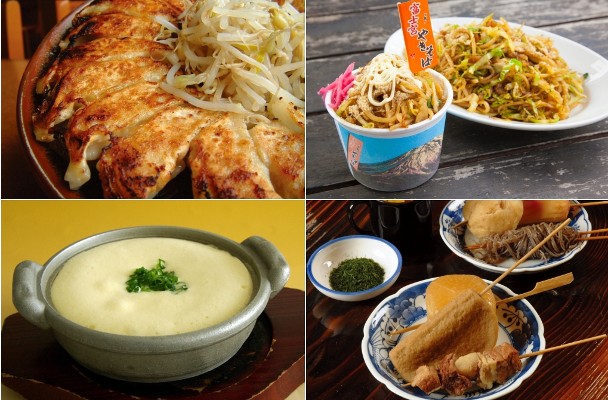
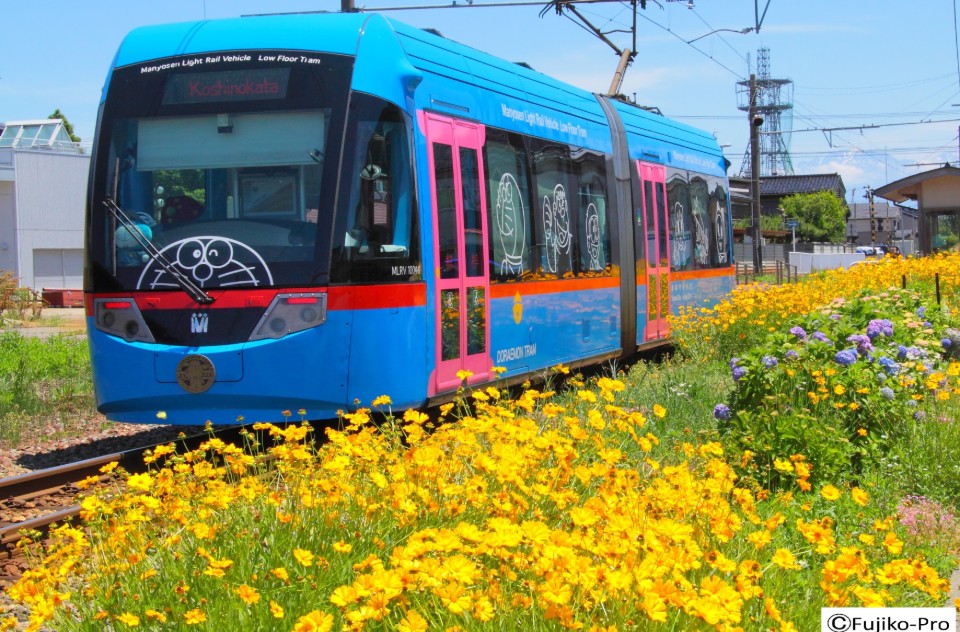
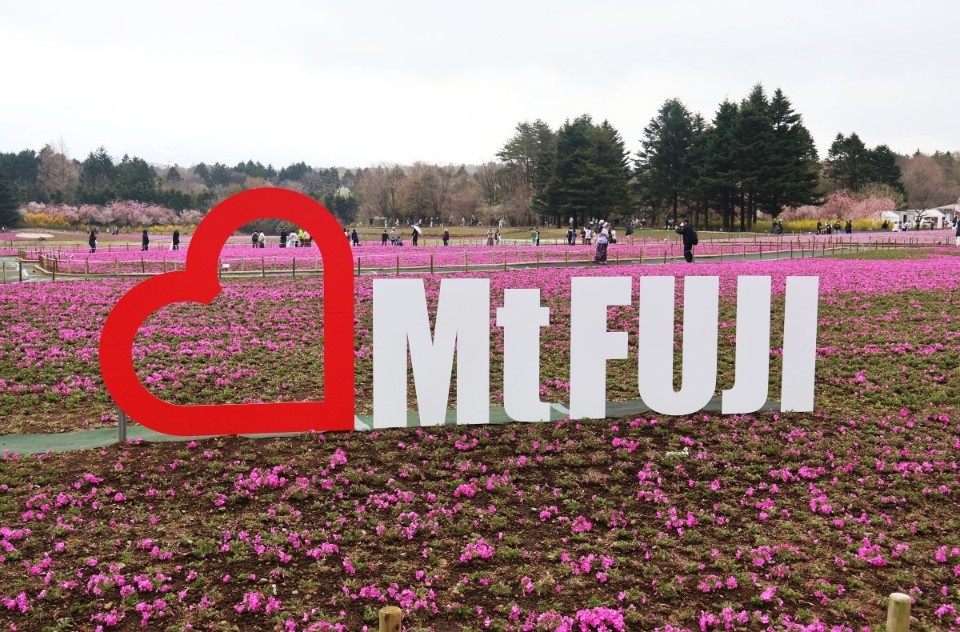

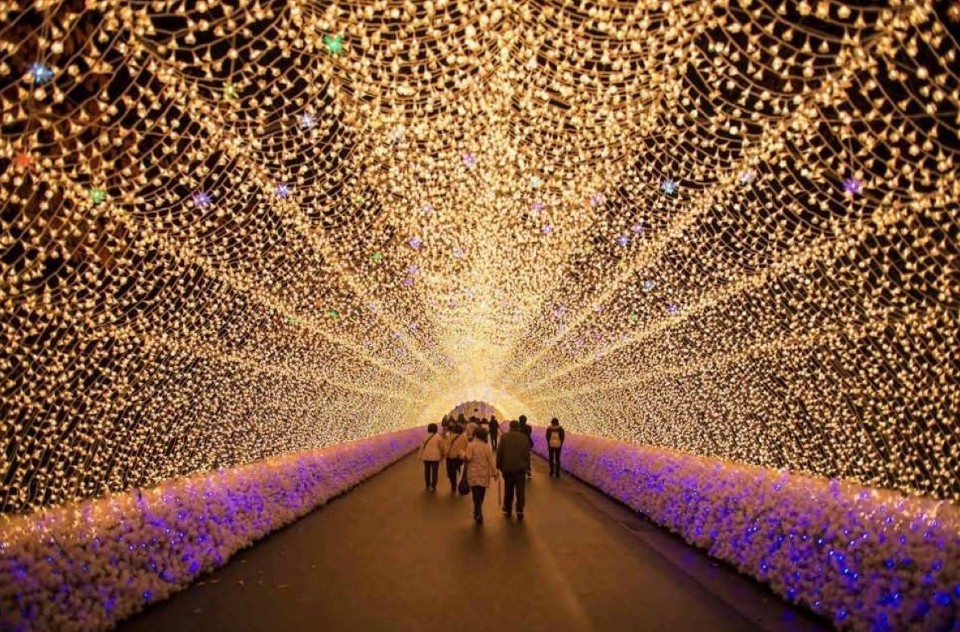
Comments